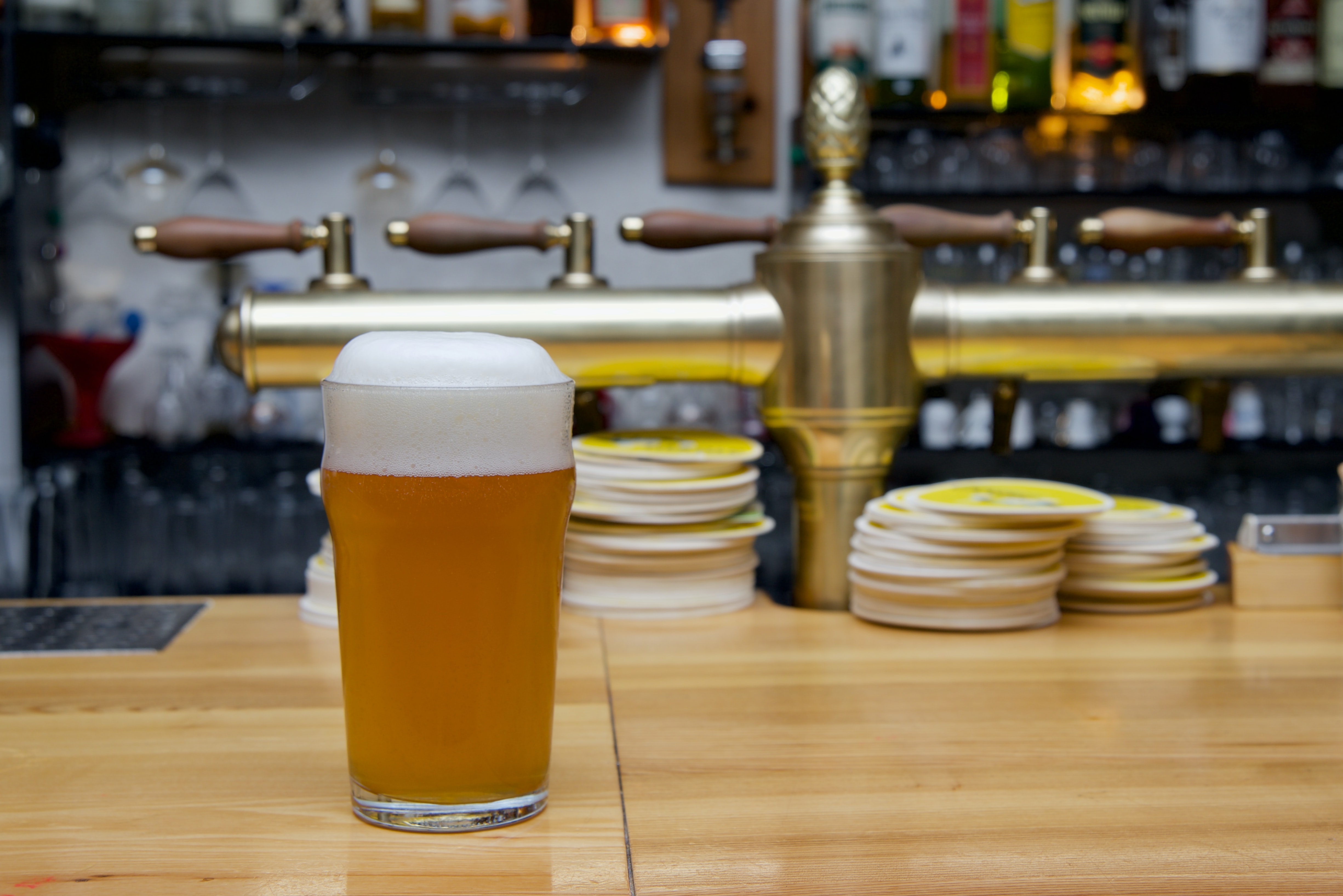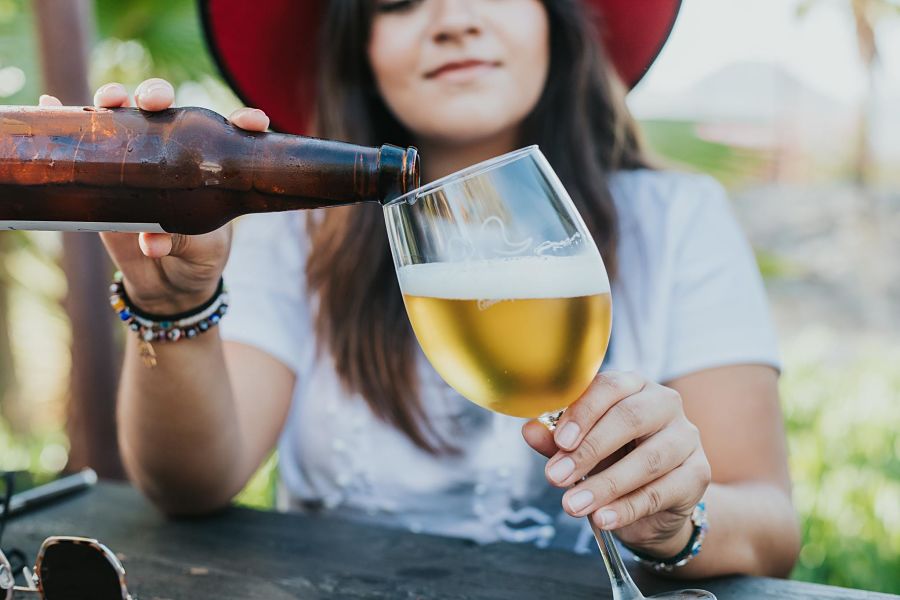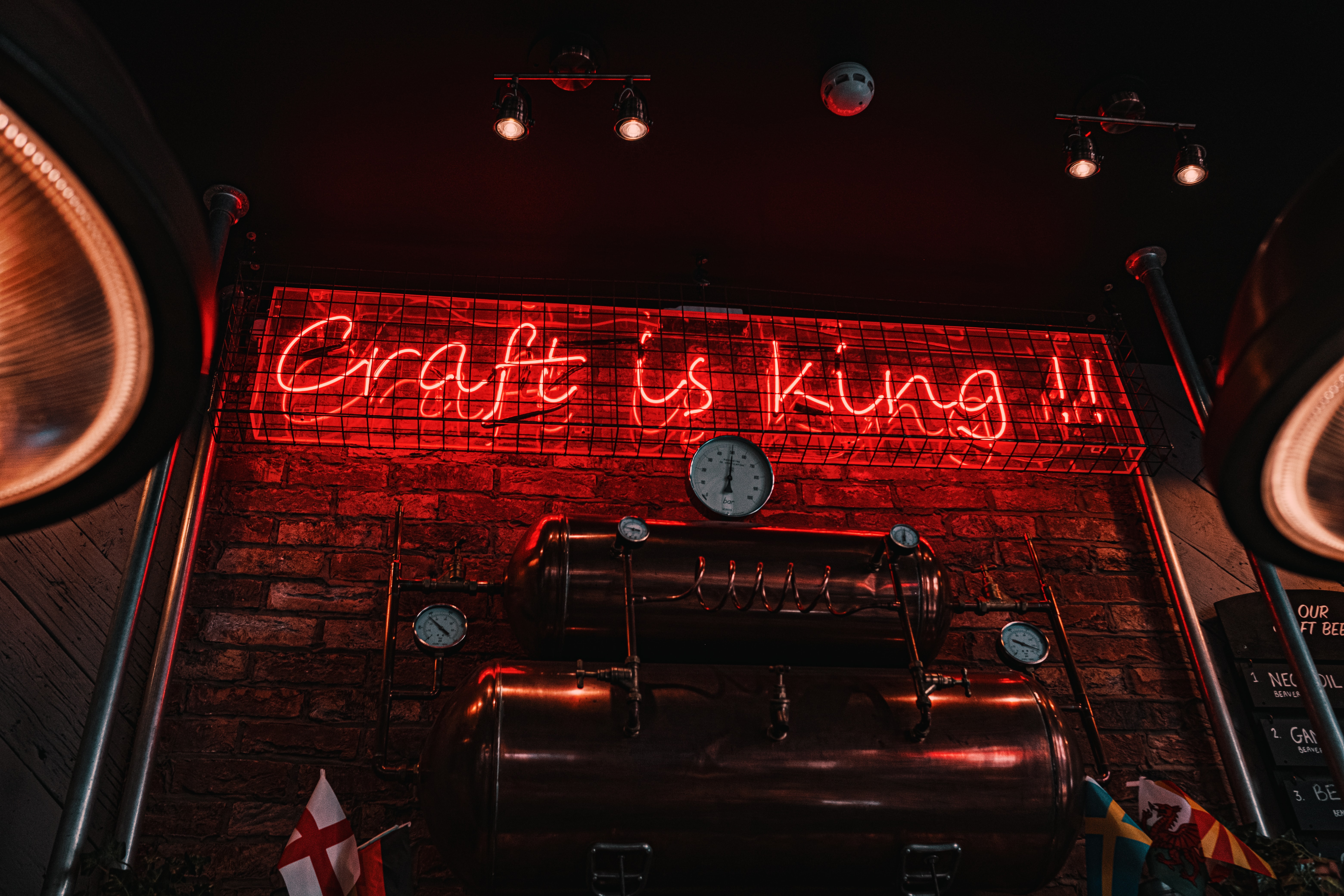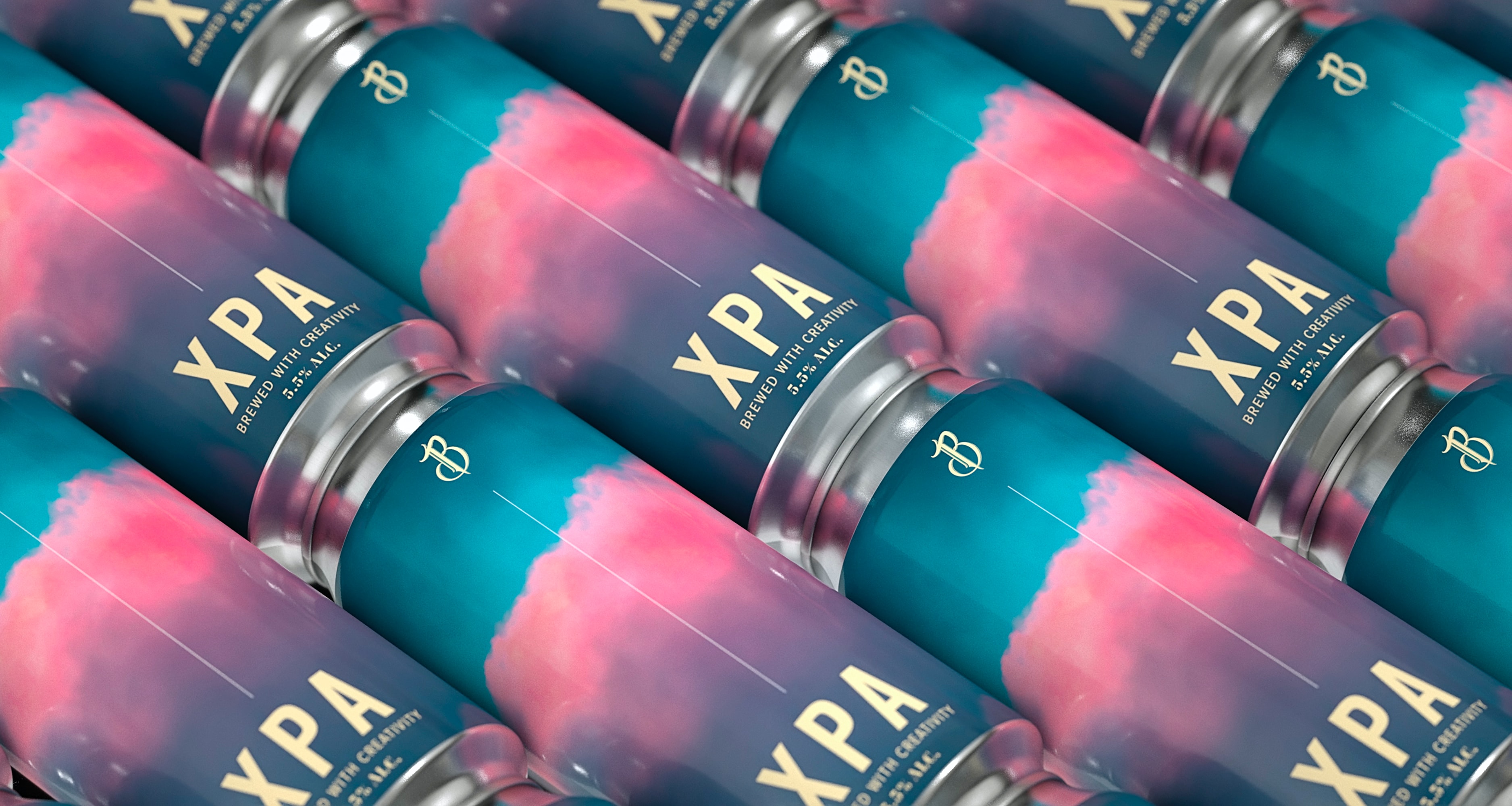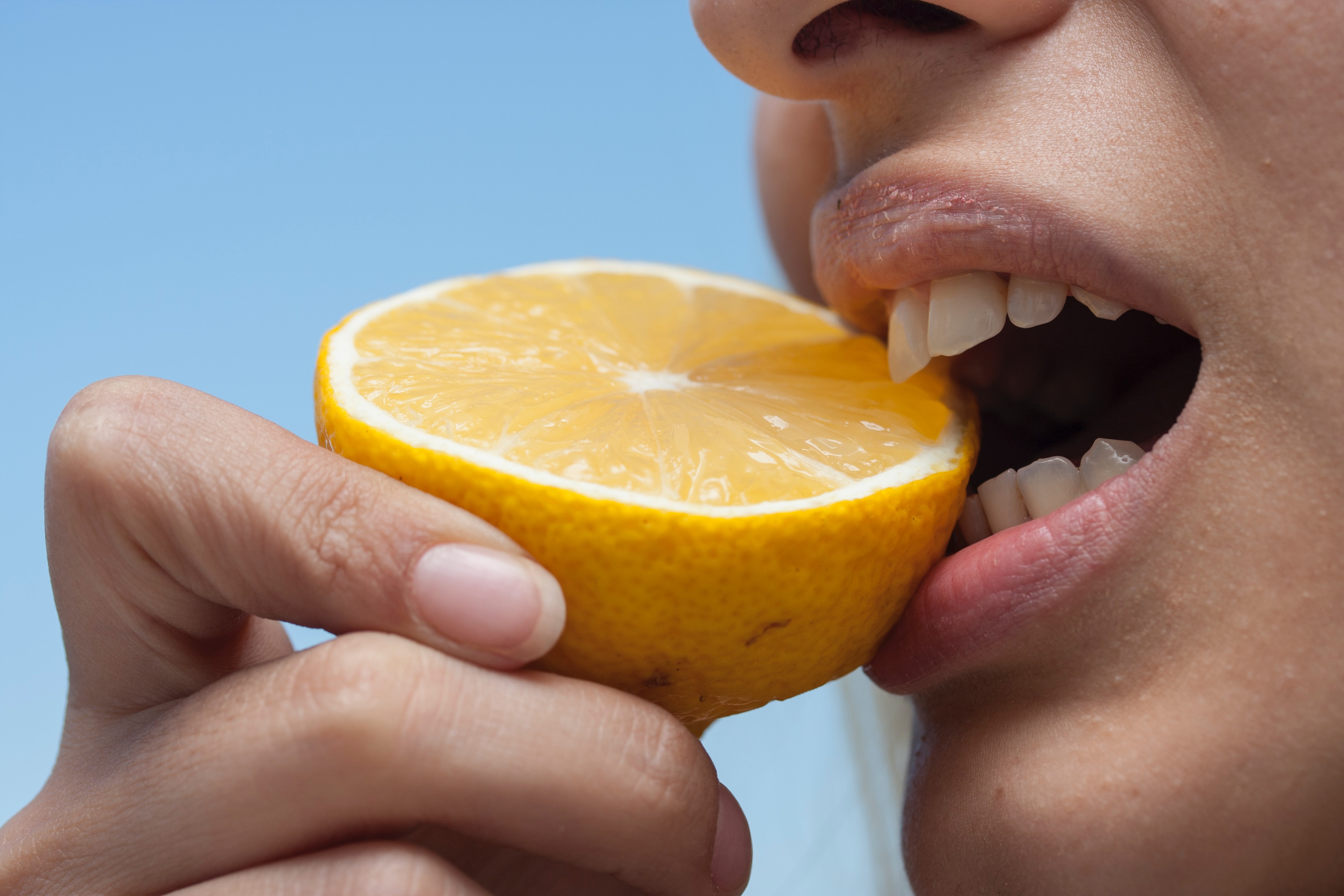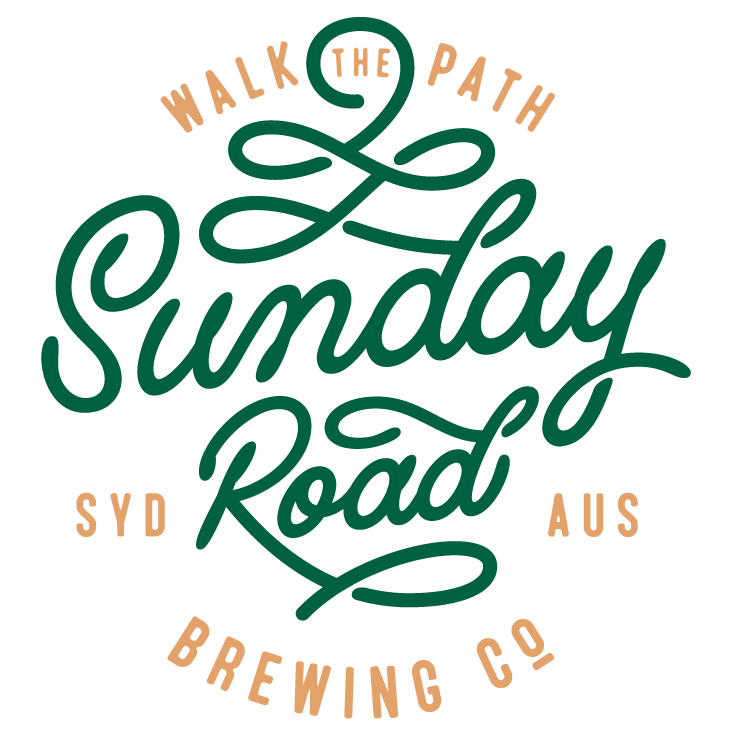Scratching The Surface: Pale Lagers
04 Jun 2022
If you’re ready to learn just a little more about a certain category of beer, then this series is for you.
_________________________
When someone refers to ‘normal beer’, or ‘beer that tastes like beer’, they’re normally talking about the kind of beer they’re most familiar with - pale lager.
Pale lager isn’t one style of beer, but a category of beers. They all share a certain vibe - pale in colour and clear as crystal; crisp and balanced with a gentle bitterness; easy to drink and hard to put down.
But while most commercially made beers in the world are pale lagers, there’s still nuance between different kinds of lager.
Czech Pils
In 1842, in the city of Pilsen in Bohemia (in modern day Czech Republic), a brewer called Josef Groll made the first truly pale lager - the beer we now call Czech pilsner. His goal was to rival the lagers of neighbouring Bavaria, but his new style of beer became even more popular. Using new malting technology that allowed for paler malts than before, local Saaz hops, yeast from neighbouring Bavaria, and the extremely soft water of Pilsen, Groll made a delightfully bright and clean beer with a spicy hop bitterness - and the people loved it.
Example: Six String's Urban Bohemia. A light biscuity and bready malt character from the German malts join with a medium bitterness and subtly earthy spice notes from the Saaz hops.
You could also try the non-alcoholic Parc Pils by Monceau. An ultra-low-alcohol yeast makes this a Czech style pils that’s infinitely sessionable.
Munich Helles
After Groll’s pilsner style spread and became popular in Germany, the brewers of Munich fought back with their own pale lager; helles means ‘bright’ or ‘blonde’ in German. A helles has more malt character than a pils - it’s sweet and bready with more body than a pilsner - but still has that lager crispness that keeps you going back for more.
Example: Sunday Road Coast Track Lager. German hops bring the right amount of bitterness, lemon and spice to balance the malt sweetness in this helles-style lager.
Kölsch
I’ve got a riddle for you. What looks like a lager, smells like a lager, tastes like a lager… but isn’t a lager? A kölsch, that’s what. This pale gold, beautifully clear, dry and delicate beer uses ale yeast, but is cold conditioned like a lager. It’s really a lager-ale hybrid rather than a lager, but personally I’m happy to throw it in with lagers - after all, while it may sometimes have some light fruity notes from the ale yeast, it was designed to fill the same smashable and satisfying niche as pale lagers.
Example: Land & Sea’s Lager. See how Land & Sea sneakily call their kölsch a lager? Clearly they agree with me. And when they make this super refreshing example of the style that pleases crisp lager lovers, they just prove my point further.
New world lager
When a brewer makes a lager that holds onto some traditional elements but contains bold, aromatic modern hop varieties, it’s referred to as a new world lager. A pilsner with a pop of citrus or a helles with a hit of tropical notes can be just the thing on a hot day.
Example: East Sydney Lager. Saaz hops keep this beer anchored in European tradition while Motueka hops from New Zealand bring a fresh and fruity zing.
_________________________
Beginning with that first pilsner by Josef Groll, pale lagers have taken over the world, and different countries have put their spin on this easy-drinking kind of beer. There are American style lagers, Mexican style lagers, Japanese style lagers, Australian lagers… and you can have them all delivered to your front door by Only Craft Beer.

